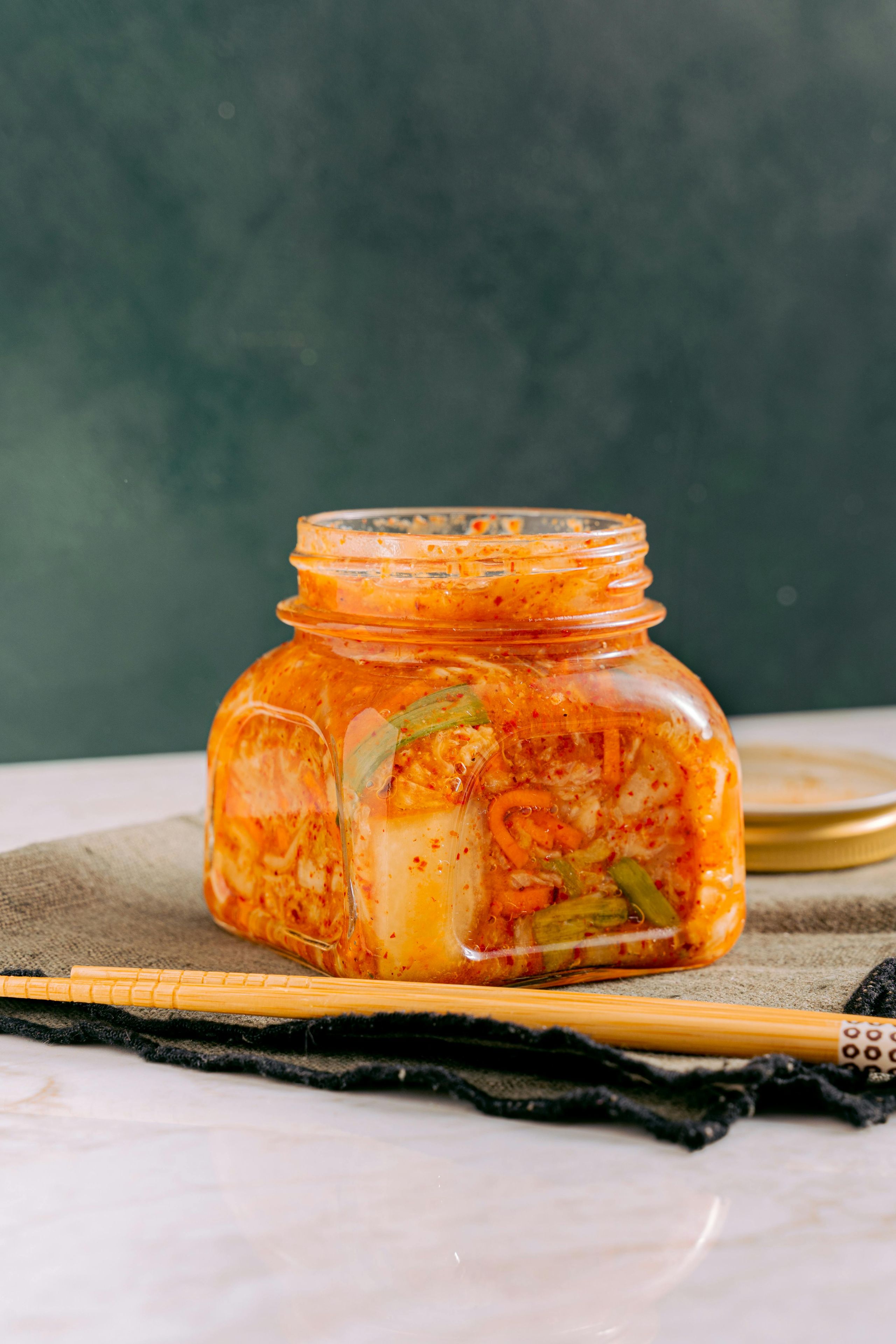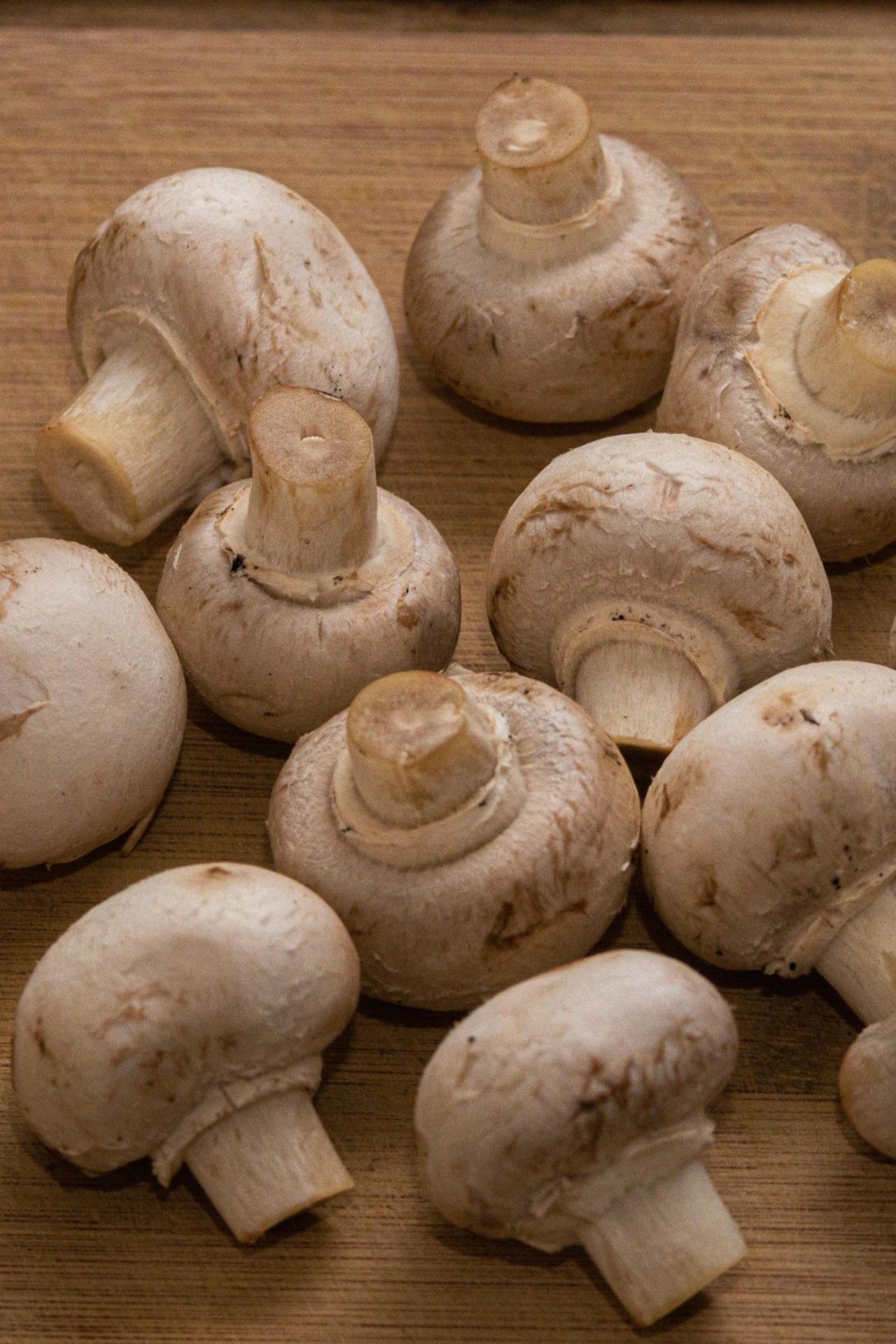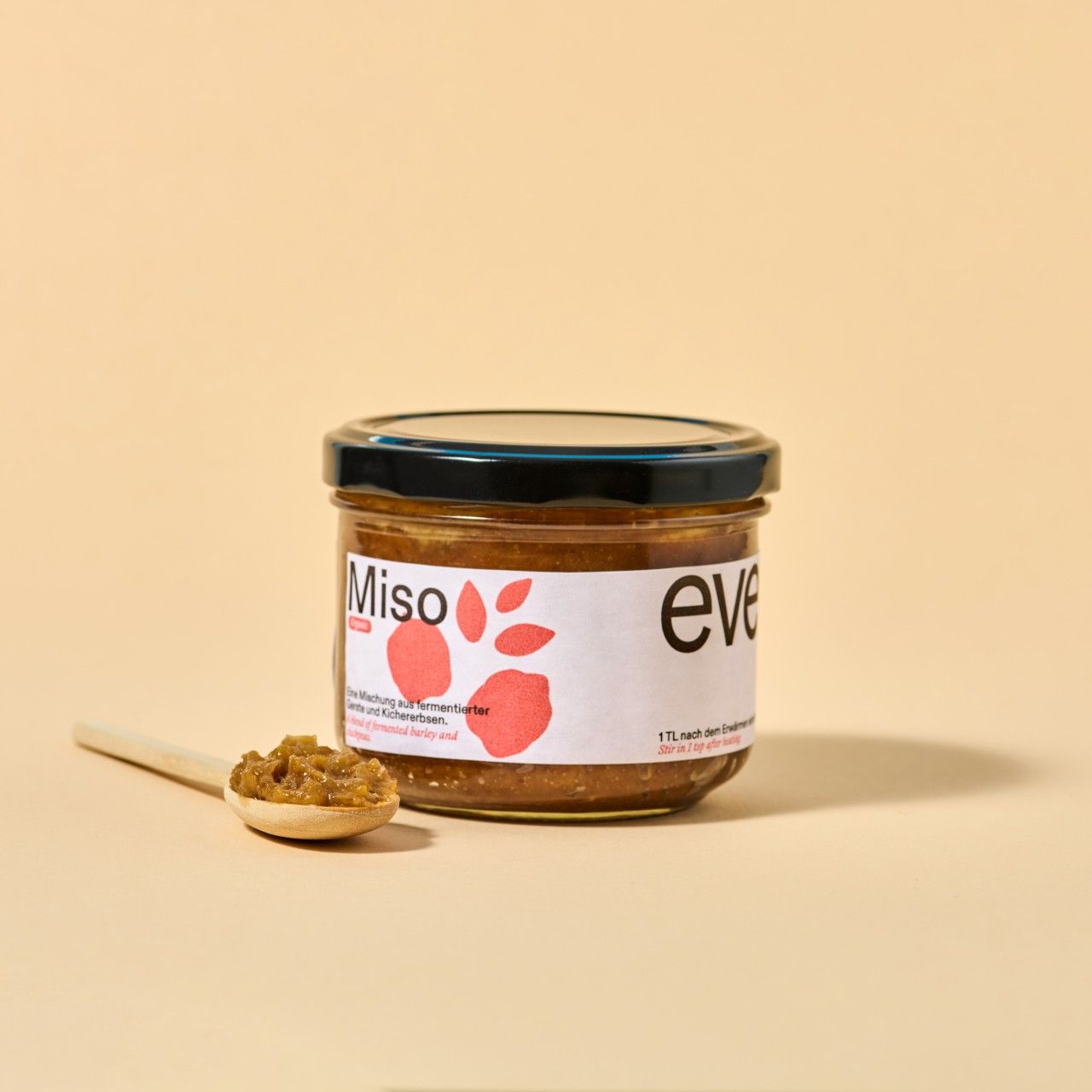What Is Umami? Everything You Need to Know About the Fifth Taste
Umami is more than just a culinary buzzword – it’s the taste that completes a dish. Find out what’s behind this unique flavor and how you can use umami to add depth, balance, and enjoyment to your meals.

What Does Umami Mean?
Umami describes what we often perceive as savory, rounded, and full-bodied flavor. It’s the taste that makes a dish feel “complete.” Unlike sweet, salty, sour, or bitter, umami works more subtly, but its impact lasts longer. It enhances flavors and makes dishes richer and more satisfying, without the need for extra seasoning or salt.
Where Does the Word Umami Come From?
The term “umami” comes from Japanese. It combines “uma” = delicious and “mi” = taste, which translates roughly to “pleasant savory taste.” In the early 20th century, Japanese chemist Kikunae Ikeda discovered that certain foods had a unique flavor that didn’t fit into the four known taste categories. He named it “umami” – laying the foundation for what we now call the fifth taste.
How Does Umami Develop?
Umami is created by naturally occurring flavor compounds, primarily amino acids like glutamate* and nucleotides such as inosinate and guanylate. These are especially abundant in protein-rich and fermented foods. The interaction of these components gives umami its characteristic deep, savory taste.
*Glutamate, whether in its natural form (like in miso, tomatoes, or cheese) or as naturally occurring MSG, is considered safe for most people in normal amounts. So, enjoying foods like Parmesan, tomatoes, or fermented legumes in everyday cooking is nothing to worry about.

Which Foods Are Rich in Umami?
Umami is found in a wide variety of foods, both plant-based and animal-based. Some of the most umami-rich options include:
- Fermented foods: miso, soy sauce, kimchi, tempeh
- Aged or dried products: Parmesan, sundried tomatoes, seaweed
- Mushrooms: shiitake, button mushrooms
- Vegetables: tomatoes, asparagus, peas, spinach
- Protein sources: legumes, meat, fish
The good news: these ingredients are easy to incorporate into everyday meals, instantly boosting flavor and depth.

Have you discovered them yet? 3 new dishes full of umami
Tips for Adding More Umami to Your Meals
1. Soups & Stews
Add a spoonful of miso or a handful of dried mushrooms for a richer broth.
2. Quick Noodle Dishes & Bowls
A splash of soy sauce, a spoon of tomato paste, or a sprinkle of Parmesan deepens flavor instantly.
3. Marinaded & Dressings
Mix miso, mustard, or tahini with lemon juice and olive oil for an umami-rich dressing.
4. Snacks & Toppings
Try roasted nuts, sesame, or dried seaweed as toppings for rice bowls, salads, or veggies.
5. Layer Your Flavors
Combine several umami ingredients in one dish – like miso + tomatoes + mushrooms – for maximum depth.
Umami with every miso – Simple, Delicious, Everyday
With every miso, we bring the taste of umami straight to your kitchen. Our mild, traditionally fermented paste made from organic barley and chickpeas is versatile, soy-free, and certified organic.
every miso at a glance:
✅ Made from organic chickpeas and barley
✅ GMO-free & made in the EU
✅ No added sugar
✅ Traditionally fermented
✅ Soy-free


